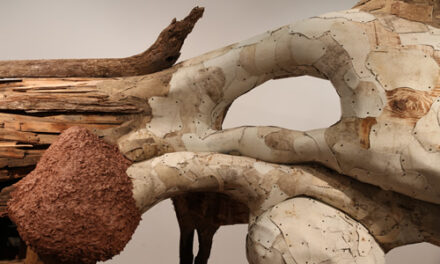The Academy of St. Martin in the Fields: just saying the name evokes pastoral images of a verdant meadow in England’s rolling hills, with well-dressed and very proper patrons partaking of lovely picnics while listening to the music of Vaughan Williams. Sorry, but while we share the name of our city with one in Britain, we had to do with listening to this legendary chamber orchestra in Page Auditorium on the Duke campus in Durham, NC. Joining— well, actually starring — in this performance was Julian Rachlin, an extraordinary young violinist/violist who brought back the days when a soloist often lead and conducted the ensemble. This was the final presentation of the 2009-10 season of Duke Performances, and director Aaron Greenwald teased us a bit with the announcement of a few of next season’s offerings.
When we attend a traditional classical concert there are usually only two features we are listening to: the composition itself and the performance of that work. Tonight, in three out of the four works on the program, we had the added “bonus” of an arrangement or transcription (these terms are used interchangeably and very often incorrectly) of some very well known pieces with mixed results.
2009 celebrated the 50th anniversary of the ASMF (conserves many keystrokes with this abbreviation…), and they may be the most recorded music ensemble ever. They tour in configurations ranging from full symphony orchestra to chamber groups to string orchestras, which we heard tonight. First up was the only work of the evening originally written for string orchestra, and one of the most well known: Edvard Grieg’s Holberg Suite. Written as homage to Ludvig Holberg, “the Moliere of the North,” this charming five movement work is a sparkling suite of dances that never fails to delight audiences. Julian Rachlin served as concertmaster here as he led the 21-person group from the galloping prelude through the inner dance movements to the rousing rigaudon finale which sounds like a version of Norwegian bluegrass.
Beethoven’s ninth violin sonata, nicknamed the “Kreutzer,” is a work of such passion and power that Tolstoy used it as the basis of his novella “The Kreutzer Sonata” that describes the “animal excesses” and “swine connection” of the players and the eventual murder of the violinist by her husband, driven crazy with rage by the erotic nature of the music. In tonight’s arrangement by Richard Tognetti, the piano is gone and with it most of the fire and idiomatic interplay so vital to this passionate work. Rachlin is an engaging, virtuosic, and fiery performer, and it’s a joy to watch him dance around and coax subtleties and rhythmic vitality from the orchestra. But, despite the outstanding playing of this marvelous group, the arrangement is too heavy and plodding and leaves one simply wondering “why?” Of course this reaction may just be because of the unavoidable comparison to the original violin/piano version, but this is not something I would care to hear again.
The rather lengthy intermission ended with the anticipation of yet another arrangement of a well-known and loved sonata for a stringed instrument and piano: Franz Schubert’s “Arpeggione” Sonata. Although written for a defunct, very short-lived instrument that was a bowed combination of cello, guitar and gamba, it is now mostly played on cello. This performance featured Rachlin playing the viola along with the ASMF in an arrangement by Dobrinka Tabakova, an award winning young British/Bulgarian composer. While admittedly it is difficult to overcome one’s comfort and bias to the original, this arrangement seemed to work much better than the “Kreutzer.” Although Rachlin has only performed regularly on viola since 2000, he has mastered that ravishing deep, beautiful viola sound that makes you swoon. This was a very satisfying experience and adds another excellent adaptation to the already many versions of one of Schubert’s masterpieces.
After playing an accompanying role for the last two pieces, it was now time for the orchestra to rock. You might think that “what do modern Argentinian tango and Vivaldi have in common” is the setup for a joke, but au contraire. Astor Piazzolla finished writing Las cuatro estaciones portenas (The Four Seasons or Four Buenos Aires Seasons) in 1970 and originally performed them in a quintet of violin, electric guitar, piano, bass. and bandoneon. The concept is taken from Vivaldi’s Four Seasons and even contains references to it. This masterful arrangement for solo violin and string orchestra by Leonid Desyatnikov nearly blew the roof off of aging Page auditorium. The strings doubled as a percussion section with numerous and fascinating effects, and Rachlin, as soloist, seemed to be having the time of his life as if he were a dancer in Buenos Aires in the 1930s. The shifting, unexpected accents and the bracing rhythmic propulsion were almost overwhelming at times. Even the slower “spring” movement (“Primavera Porteno”) contained an inner tension and eroticism that could easily have made it X-rated. This alone was well worth the price of admission and showed that after 50 years the ASMF remains a vibrant and elite ensemble.











